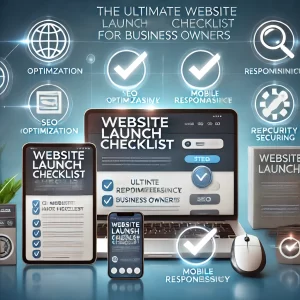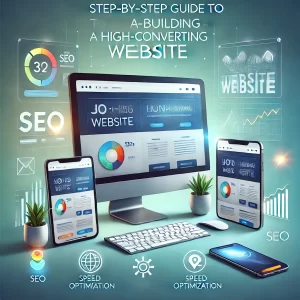
When Sarah decided to take the leap and start her own photography business, she was ready to capture moments, build her brand, and embrace the entrepreneurial grind. But first, she needed a business bank account. “How hard could it be?” she thought as she walked into the first bank on her list. What followed was an overwhelming flood of brochures, fine print, and financial jargon. That’s when Sarah realized: she needed to interview her bank—not the other way around.
Sarah’s experience is a valuable lesson for any business owner. Opening a business account is more than just a checkbox on your to-do list; it’s the foundation for managing your finances and setting up your company for success. Here’s Sarah’s journey—and the key questions she asked—to help you navigate this process like a pro.
Step 1: Clarify the Basics
As Sarah sat down with the first bank representative, she asked, “What are the minimum balance requirements for your business accounts?” She learned that some accounts required her to maintain $5,000 just to avoid fees.
Next, she inquired, “Are there monthly maintenance fees, and how can I waive them?” The answers varied. One bank offered free accounts for the first year, while another had steep fees unless Sarah linked her business account to a personal one.
Lesson learned: Always ask about minimum balances, maintenance fees, and hidden charges. These little details can add up quickly and impact your cash flow.
Step 2: Understand the Features
Sarah’s next stop was a smaller, community-focused bank. The representative proudly highlighted their business credit card options. “Do you offer integrations with accounting software like QuickBooks?” Sarah asked. This question was a game-changer. One bank didn’t offer any tech integrations, while another provided seamless connections with tools she already used.
She also explored their online banking features. “What’s included with your mobile app? Can I deposit checks or pay bills on the go?” Some banks had robust mobile platforms; others felt outdated and clunky.
Step 3: Gauge the Costs of Transactions
At her third stop, Sarah brought up a critical question: “Are there fees for wire transfers or cash deposits?” She discovered that while one bank offered free domestic wire transfers, they charged exorbitant fees for international transactions.
Since Sarah’s business occasionally dealt with international clients, this was a deal-breaker. She also asked about ATM fees and learned that one bank reimbursed out-of-network fees, which she knew would come in handy while traveling for shoots.
Step 4: Explore Business Growth Opportunities
By her fourth interview, Sarah started to think long-term. “What lending options do you offer for small businesses?” she asked. She discovered that some banks were more supportive of startups than others, offering lines of credit and even financial advising services.
“How can my account grow with my business?” Sarah asked a particularly friendly banker. They introduced her to a loyalty program for long-term clients, which included reduced fees and higher credit limits.
Step 5: Assess Support and Accessibility
At her final stop, Sarah asked about customer service. “Do you have a dedicated business banking specialist?” she asked. One bank stood out by offering 24/7 support and a dedicated account manager for small businesses.
Sarah also considered convenience. “Do you have branches near my studio?” and “What are your hours?” These practical questions helped her eliminate banks that didn’t fit her busy schedule.
The Results
By the end of her journey, Sarah had found a bank that aligned with her needs. It offered a low minimum balance, waived fees for new businesses, seamless tech integrations, and robust customer support. Most importantly, she felt confident that her bank could grow alongside her business.
Your Turn: Questions to Ask Your Bank
Like Sarah, you can take control of the process by asking the right questions. Here’s a quick checklist:
- Account Features
- What are the minimum balance requirements?
- Are there monthly maintenance fees?
- How many transactions are included per month?
- Services and Tools
- Do you offer online and mobile banking?
- Are there integrations with accounting software?
- What merchant services do you provide?
- Transaction Costs
- What are the fees for wire transfers and cash deposits?
- Are there ATM withdrawal fees?
- Support and Accessibility
- Is there a dedicated business banking specialist?
- What are your customer service hours?
- Are there nearby branches?
- Growth Opportunities
- Do you offer business credit cards or loans?
- Are there loyalty programs for long-term clients?
- Additional Perks
- Are there special benefits for startups or minority-owned businesses?
- Do you offer financial advising or consultation services?
Final Thoughts
Interviewing your bank may feel like an extra step, but it’s an investment in your business’s future. As Sarah’s story shows, finding the right fit can save you money, simplify your operations, and give you peace of mind.
So the next time you walk into a bank, remember: You’re not just opening an account; you’re building a partnership. Make it count.





